‘Keep on Riding’

Audrey Marnay photographed by Mikael Jansson for Longchamp, Fall 2011.
Interactive video trip below.

Audrey Marnay photographed by Mikael Jansson for Longchamp, Fall 2011.
Interactive video trip below.
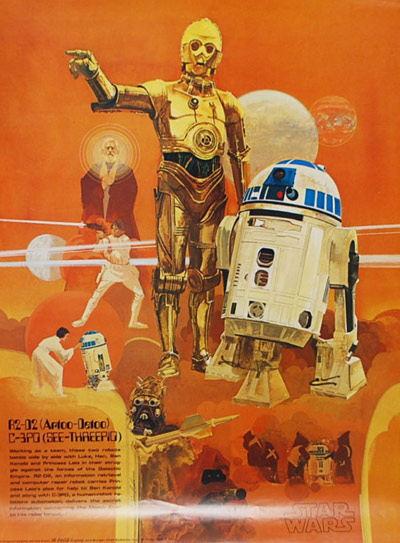
More posters from my room.
In early 1977, Marine World Africa USA was giving away these Coca-Cola promo posters. Their elephants were used in the first Star Wars movie as the banthas – and I ended up with some free wall hangings.
Knew nothing about the movie and I knew nothing about droids, the old guy with the Jesus circles around his head or why something was called a ‘SEE-THREEPIO.’ Also thought Chewbacca the Bear seemed a bit odd.
A few months later, went to the drive in and saw Star Wars. The previous year, saw Logan’s Run at the drive in. Star Wars was something much different.
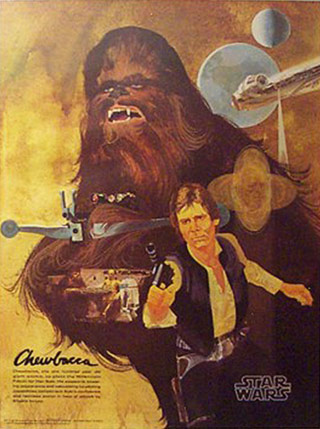
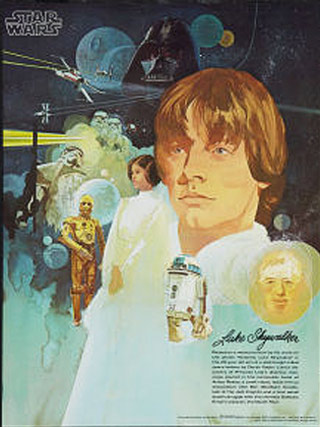
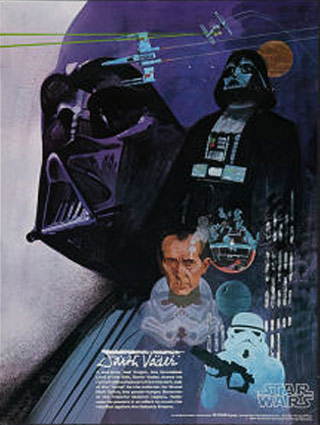
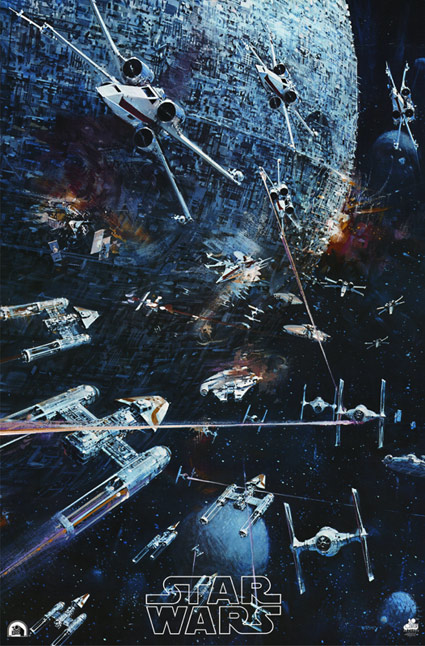
In 1977, this poster hung on my bedroom closet door – and was eventually eaten up by use of that same door.
It came as an extra large ‘freebie’ in the Star Wars soundtrack, which I bought thinking it was this album. It wasn’t. It was the symphonic score; for me, an introduction to classical music. What I learned from the free poster – as a young impressionable creative – is abstraction, when done right, looks great.
It was painted by artist John Berkey – who used quick brush strokes that up close were a gloopy mess, but at a distance create energy and implied motion.

Berkey’s work influences me to this day.
And for my iTunes-loaded tracks of the Star Wars radio program, I’m using some of his art as my ‘album covers,’ below.
As for Star Wars’ ‘terrible lizards,’ these are them.
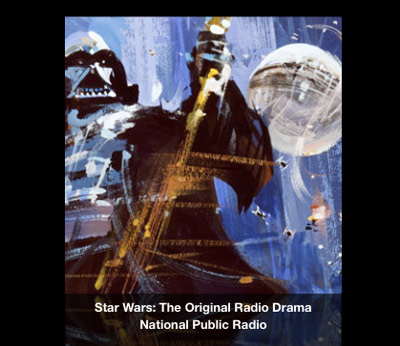
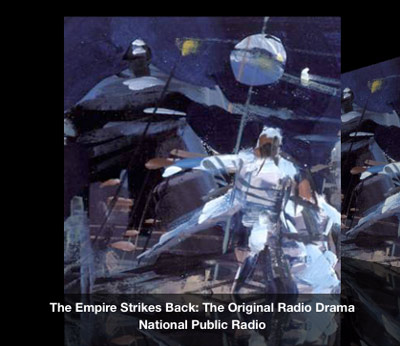
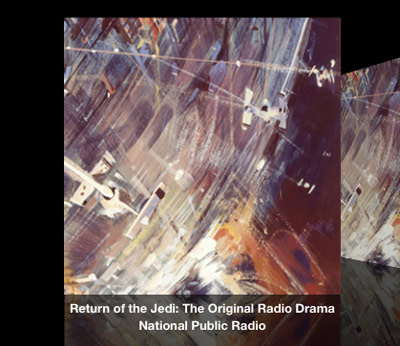
Poster found via KlaatuCarpenter
Art Nouveau meets Russian Constructivism. Motion design by Matt Duplessie.
Constructivism by Ukraine-based video art/vj collective, Shifted VJs. Music by Evol Intent.
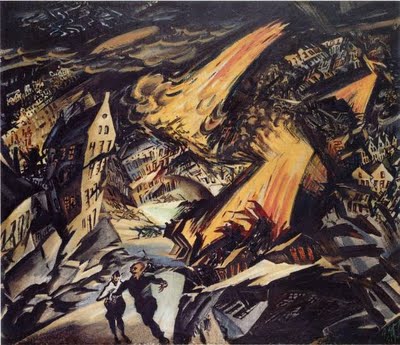
Ludwig Meidner, Apocalyptic Landscape, 1912
Images from the Weimar blog post ‘From Calgari to Hitler,’ named for Siegfried Kracauer’s book on German cinema (1910-40).
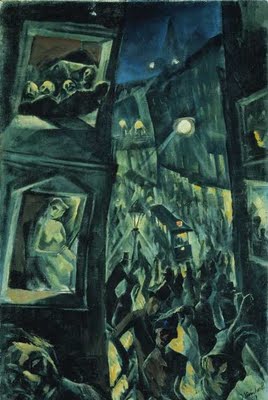
Jakob Steinhardt, The City, 1913
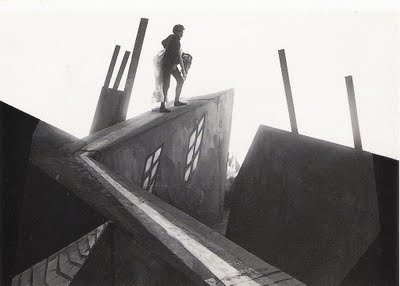
Robert Wiene, Das Kabinett des Dr. Caligari, 1919
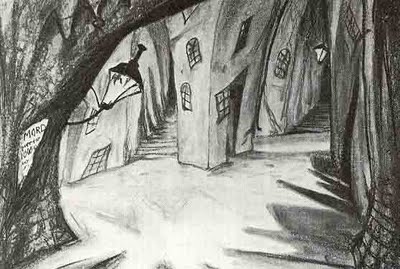
Original sketch for a scene in The Cabinet of Dr Caligari from Lotte Eisner
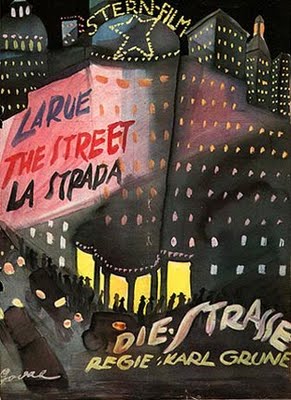
Erich Godal, Die Straße (The Street), 1923
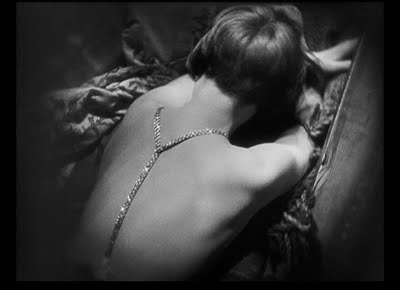
Louise Brooks in “Pandora’s Box” (G.W.Pabst, 1929)
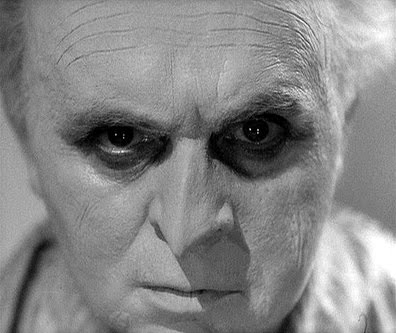
Rudolf Klein Rogge in Lang’s The Testament of Dr. Mabuse, 1933
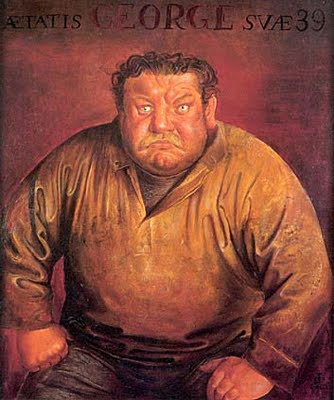
Otto Dix, The Actor Heinrich George, 1933

George Grosz, John, the Lady Killer, 1918

Art director Erich Kettelhut & crew create the futuristic city set of Metropolis
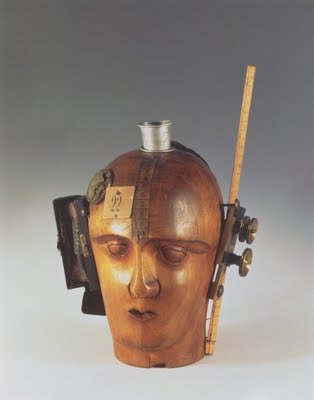
Raoul Hausmann, Mechanical Head (Spirit of Our Age), c. 1920
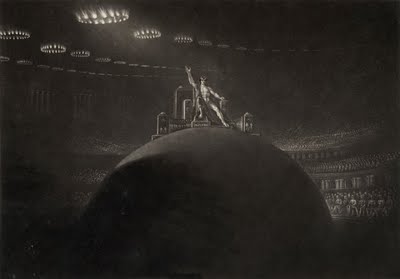
John Martin, Illustration to Paradise Lost, 1825
Ever wonder what Germany may have looked like if the Weimar Republic kept going?
I like to think answers to this question could be found in the wonderful image sets posted over at kraftgenie’s Weimar blog. Each post is a collection of seemingly related imagery that is simply . . . Weimar.
‘In her 2010 documentary about the Berlin cabaret scene of the interwar period, Fabienne Rousso-Lenoir includes archival material, excerpts from German cinema classics, rediscovered promotional and institutional films, rare modern art experiments as well as documentaries of the time – all restored in high-definition.’
Above, the first five minutes of Fabienne Rousso-Lenoir’s Cabaret-Berlin: Die wilde Bühne (The Wild Stage) 1919-33. This 2010 documentary is loaded with incredible images from an era that went away in the 1930s.
Watch the entire untranslated film here. (Note: Veoh player download required)
Berlin of the 1920s was considered by many to be the cultural center of Europe; home to innovative art, music and a bawdy nightlife – all squashed when the Nazis came to power in 1933.
Above, Walther Ruttmann’s silent (add your own music) Berlin: Symphony of a Great City (1927), which ‘portrays the life of a city mainly through visual effects and music, not narrative content. The impression it conveys of daily life in Berlin is dynamic, anxiety-ridden, cacophonous – and a helluva lot of fun!’ -Jessica Glaser, MoMA
Below, visual highlights from MoMA’s recent exhibition, German Expressionism: The Graphic Impulse. Additional commentary here.